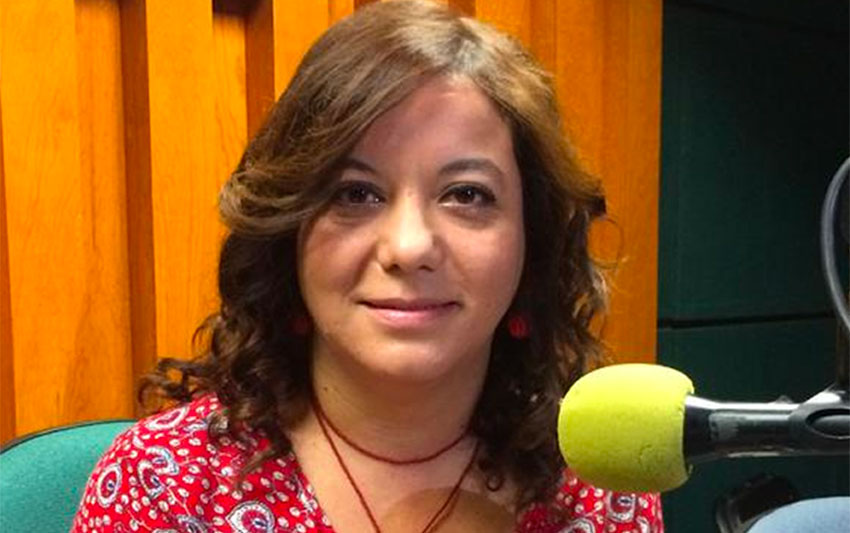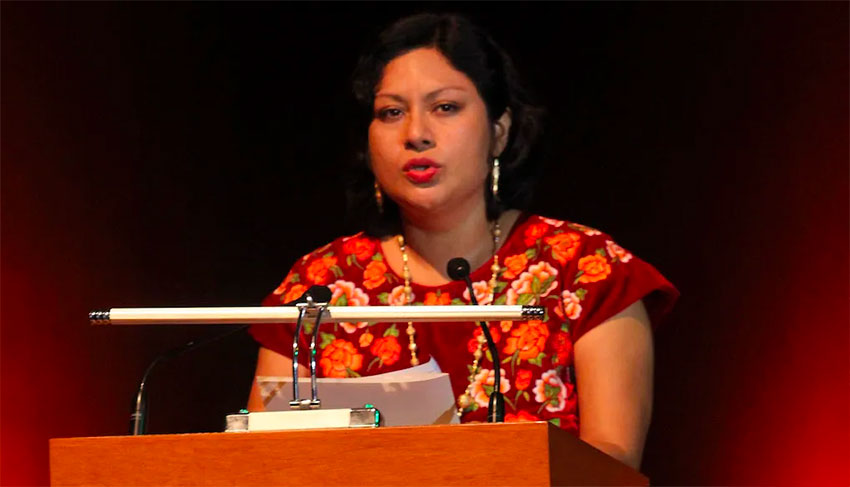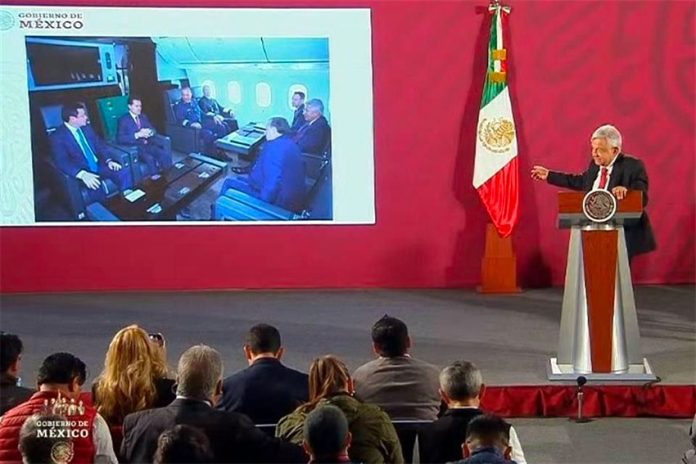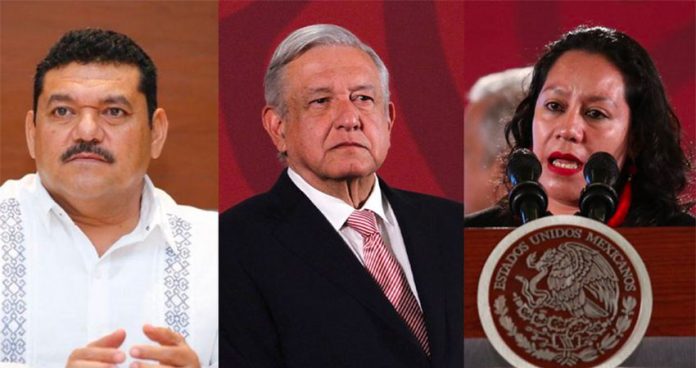President López Obrador said on Wednesday that tickets for the so-called presidential plane raffle will now go on sale next Tuesday after the federal government faced a barrage of criticism for its plan to commence sales on the same day as the national women’s strike.
López Obrador announced on Tuesday that the tickets for the raffle will go on sale on Monday, March 9, the day an estimated 36.4 million women and girls are expected to skip work, university and school to protest against the high levels of gender-based violence in Mexico.
One hundred prizes of 20 million pesos (just over US $1 million) – which together roughly add up to the estimated value of the unwanted luxury jet – will be up for grabs in the raffle, for which 6 million tickets will be on offer at 500 pesos (US $26) each.
Proceeds will be used to purchase medical equipment and cover the costs of maintaining the Boeing 787 Dreamliner used by former president Enrique Peña Nieto. López Obrador had floated the idea of raffling off the plane itself but announced on February 7 that no one will actually walk away with the aircraft, for which the government has failed to find a buyer.
To be run by the National Lottery, the raffle will be drawn on September 15.

López Obrador has refused to fly in the luxuriously outfitted Dreamliner used by Peña Nieto, and it is currently in a hangar in California.
The president’s announcement that raffle tickets would go on sale Monday triggered immediate criticism from feminist groups, human rights defenders and gender experts.
“The most feminist government that Mexico has had — yeah, right,” the collective Brujas del Mar, one of the strike organizers, wrote on Twitter.
The director of the National Shelter Network, a non-governmental organization that operates shelters for women at risk of domestic violence, told the newspaper El Universal that the president’s decision to start selling the raffle tickets next Monday served as evidence that Mexico is governed by a “chauvinist, patriarchal government that [seeks to] make invisible the state of emergency in … our country, where women are murdered every day.”
Declaring that the sale of raffle tickets has no place on March 9, Wendy Figueroa called on López Obrador to “understand that these [feminist] movements are not against him – they are due to a situation of emergency.”
She charged that the president’s actions – he has also come under fire for his “tone-deaf” response to recent femicides – show that “he doesn’t understand the country’s reality.”
Aleida Hernández Cervantes, a gender expert at the Center for Interdisciplinary Research in the Sciences and Humanities at the National Autonomous University, described the plan to start selling the raffle tickets on March 9 as a “political error.”
She charged that it showed a “lack of sensitivity” toward the movement in which millions of Mexican women are participating. Hernández was also critical of politicians who have only recently jumped on the feminist bandwagon after previously ignoring the dire situation women in Mexico face.
“This strike is also a call to them [and] to the government, society, the media, universities, companies, so that each of them … review what actions they must take to respect the rights of women and really join the [feminist] movement,” she said.
Elsa Conde, a member of the feminist group Ciudad y Género (City and Gender), called on López Obrador to have greater sensitivity toward the feminist movement in order to show that he supports its demand for a safer society for women.
It appears that the president was listening.
“The distribution of the tickets will start on Tuesday, it won’t be Monday,” López Obrador told reporters at his regular news conference on Wednesday morning.
He also said that both female and male federal government employees who wish to participate in the national women’s strike will not face any repercussions or have their pay docked.
“I said from the beginning, women and men who wish to participate are guaranteed the right of protest, there will be no reprisals.”
Source: El Universal (sp), Reforma (sp), Milenio (sp), El Financiero (sp)
CORRECTION: The presidential plane is a Boeing 787 Dreamliner, not a 747 as was reported in the earlier version of this story.












